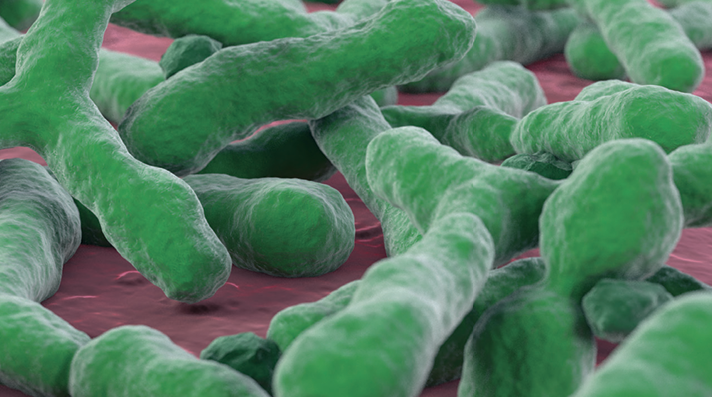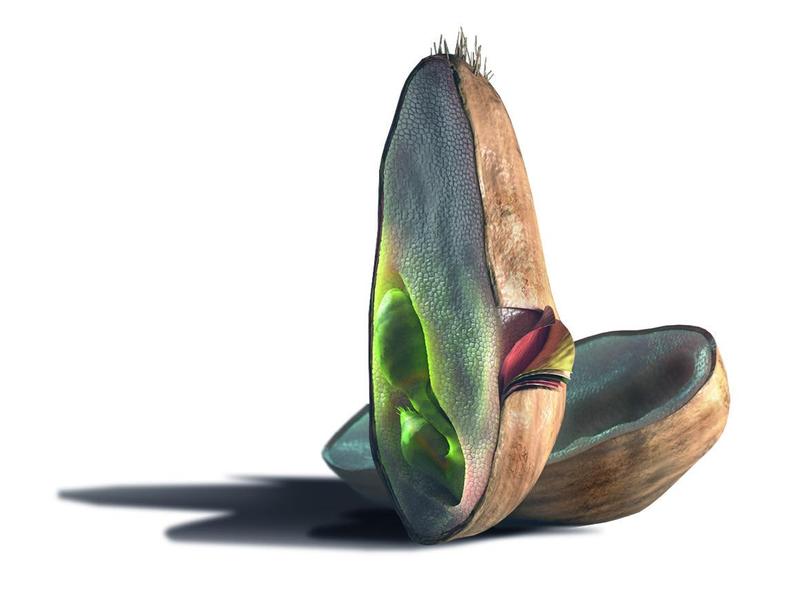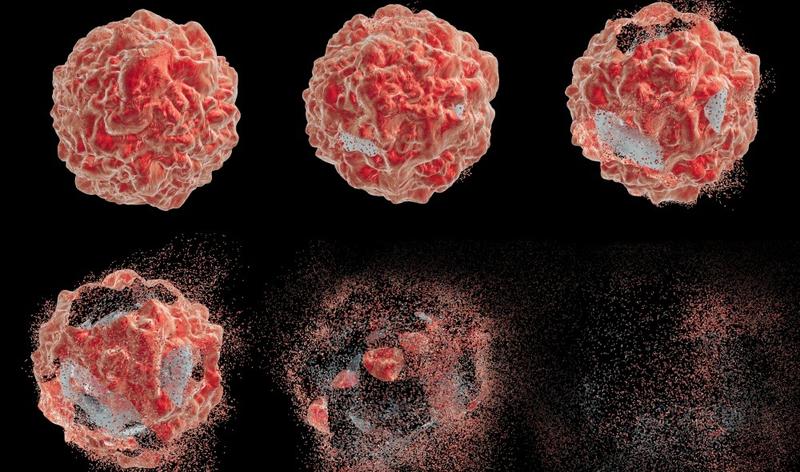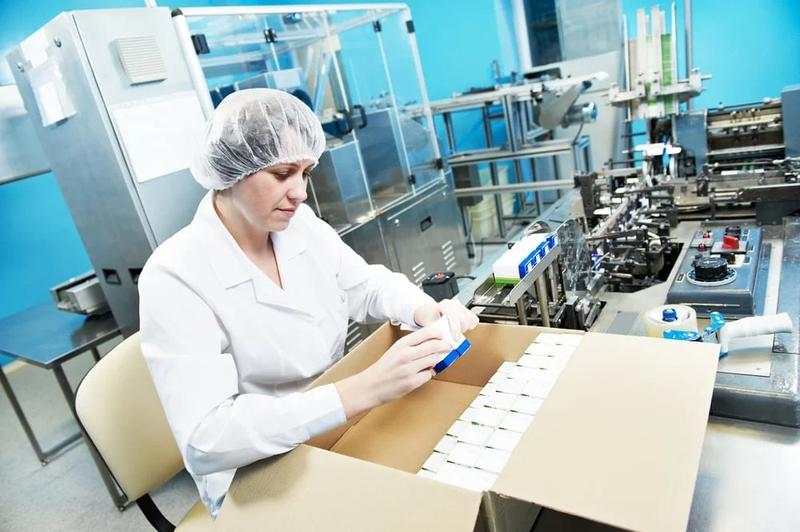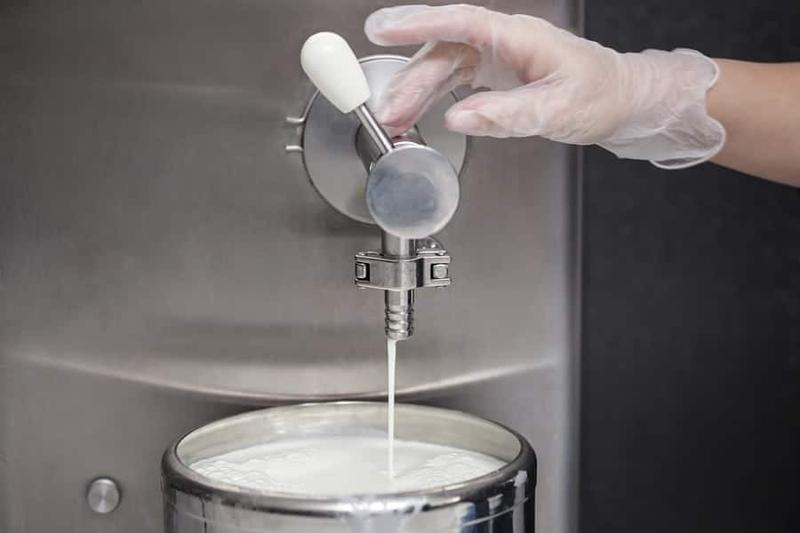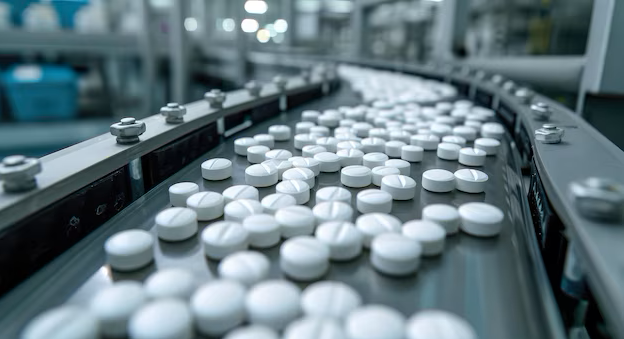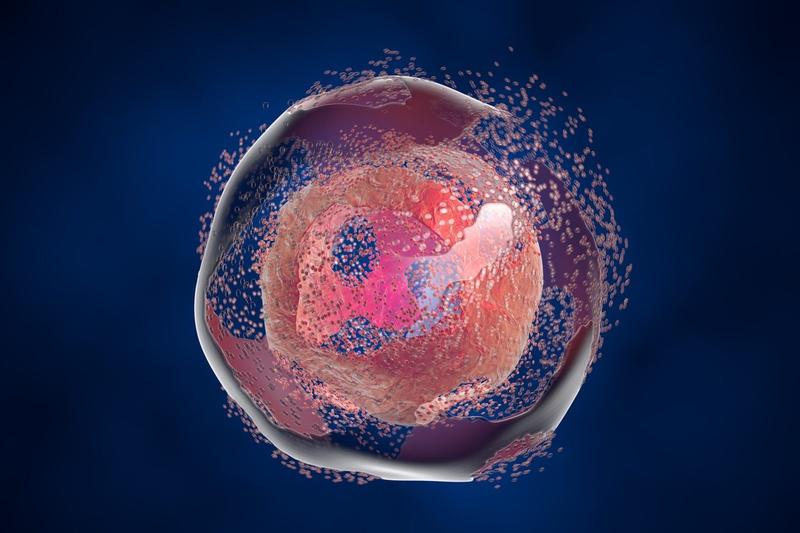
Grains in Pet Foods
Grains are a rich source of nutrients for pets. They are the seeds of cereal grasses such as oats, barley and corn and help meet the body’s crucial need for glucose, an essential source of energy. Whole grains typically contain about 65-75% complex carbohydrates and less than 2% sugar. They also provide protein, fiber, essential fatty acids, B vitamins and minerals...





